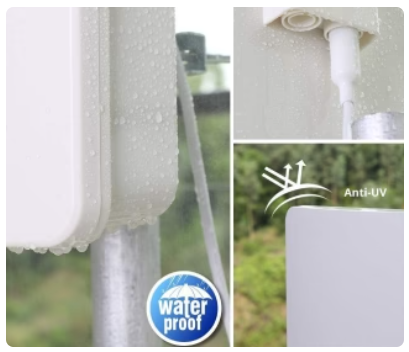
In today’s world of streaming services and cable subscriptions, many viewers are rediscovering the benefits of HD antennas. These devices can provide free, high-definition television channels, making them an appealing option for anyone looking to cut costs while enjoying quality entertainment. In this guide, we’ll explore what HD antennas are, how they work, their benefits, and tips for choosing the right one for your needs.
What Are HD Antennas?
HD antennas, or high-definition antennas, are devices designed to receive over-the-air (OTA) signals from broadcast towers. Unlike cable or satellite services, which require subscriptions, HD antennas allow viewers to access local channels for free. Most major networks, including ABC, CBS, NBC, and FOX, broadcast in HD, making antennas an excellent option for those who want to enjoy local programming without the ongoing costs.
How Do HD Antennas Work?
HD antennas work by capturing radio waves that transmit television signals. These waves are sent out by local broadcast stations and can be received by the antenna. The signals are then processed by your TV, allowing you to watch your favorite shows in high definition.
Types of HD Antennas
- Indoor Antennas: Ideal for urban areas with strong signals. They are compact and easy to install, often sitting flat against a wall or window.
- Outdoor Antennas: Best for rural areas or places where signals are weaker. These antennas are larger and mounted on roofs or poles for optimal reception.
- Directional Antennas: These focus on signals coming from one direction, making them ideal if you live close to a broadcast tower.
- Multi-directional Antennas: These can capture signals from multiple directions, making them a versatile choice for various locations.
Benefits of Using HD Antennas
1. Cost-Effective
One of the most significant advantages of HD antennas is the cost savings. Once you purchase the antenna, you won’t have to pay monthly subscription fees. You can enjoy live broadcasts, sports, news, and more without additional costs.
2. High-Quality Picture and Sound
HD antennas provide a clearer picture and better sound quality than many streaming services, especially for local broadcasts. With a good antenna, you can enjoy stunning high-definition content.
3. Reliability
Broadcast signals are less likely to experience outages compared to streaming services that depend on internet connectivity. This reliability ensures you can catch your favorite shows without interruptions.
4. Easy Installation
Most HD antennas are easy to install, often requiring just a simple connection to your TV. Indoor models can be set up in minutes, while outdoor models may require some additional effort for installation.
Choosing the Right HD Antenna
When selecting an HD antenna, consider the following factors:
1. Location: Use websites like AntennaWeb or the FCC’s DTV Reception Maps to check the distance to local broadcast towers and determine what type of antenna is best for your area.
2. Signal Strength: Assess the signal strength in your location. This will help you decide between indoor or outdoor antennas.
3. Design and Size: Consider where you plan to place the antenna. Some models are designed for aesthetics, while others may prioritize performance.
4. Budget: HD antennas come in a range of prices. Determine your budget and find a reliable model that fits your needs.
Conclusion
HD antennas offer an excellent way to access free, high-quality television programming while reducing monthly expenses. Whether you’re looking to catch local news, sports, or popular shows, an HD antenna can provide an easy and reliable solution. By understanding the different types and features available, you can make an informed decision and enjoy the benefits of over-the-air broadcasting. Embrace the freedom of cutting the cord and enjoy crystal-clear TV signals with an HD antenna!
